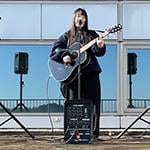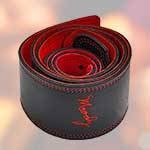When it comes to standard bass amps in rehearsal studios and live music clubs, Ampeg or Hartke are often the go-to choices.
Recently, I learned that Hartke’s classic, long-selling models HA2500 and HA3500 (hereafter referred to as the HA Series) have been discontinued. This prompted me to revisit their features and write about them.
Upon receiving the discontinuation notice from the manufacturer, I couldn’t help but think, “What will you do without these staple items!?” I asked them many times but the answer remained unchanged. It seems likely that Hartke faced difficulties in parts supply due to the COVID-19 pandemic, leading to making this tough decision. I sincerely hope for their revival or the release of successor models.
For those familiar with musical instruments, you might have seen the HA Series at least once.
They are distinct with their 10-band EQ, the design that allows for hybrid setting of tube and solid-state, and the additional low and high controls after the 10-band EQ. These features made them unparalleled head amps in terms of usability and cost effectiveness.
What sets them apart from other amps is their versatility in sound production, accommodating any music genre.
Having played bass for a long time, I’ve realized how convenient it is to use these amps directly without any other equipment.
The built-in compressor is particularly handy, tightening up overly loud low strings when playing slap or fretless bass.
My first bass amp was a Hartke (a combo amp called A100). I bought it on the premise that since it’s the brand found in every studio, it couldn’t be wrong without knowing what exactly is different from other brands. I still use it to this day.
Why did Hartke come up with such a versatile design? I believe the influence of Jaco Pastorius played a role.
The development of Hartke’s aluminum cabinet, specifically the Hartke 410 (now the HD410), involved Jaco. Larry Hartke, the founder, developed a prototype aluminum paper cone after meeting Jaco, who was very pleased with its sound (please Google “Jaco Pastorius Hartke” for details).
I believe that Jaco’s innovative playing likely inspired Larry to aim for an amp capable of broad settings to accommodate musicians like Jaco.
Returning to the story about the HA Series, I shared my impressions on playing the HA Series and also asked Hartke which Hartke models to use after they went discontinued. They recommended the LX Series (LX5500 and LX8500). Here are my impressions after trying them out.
I’ll skip the specs this time (if you’re interested, please check the product pages). These are just my personal opinions, but I hope you find them helpful.
I stacked all four models on top of the HD410. It was quite a sight (just stacking them, no wiring involved!).
This made me feel like I had become a better bass player.
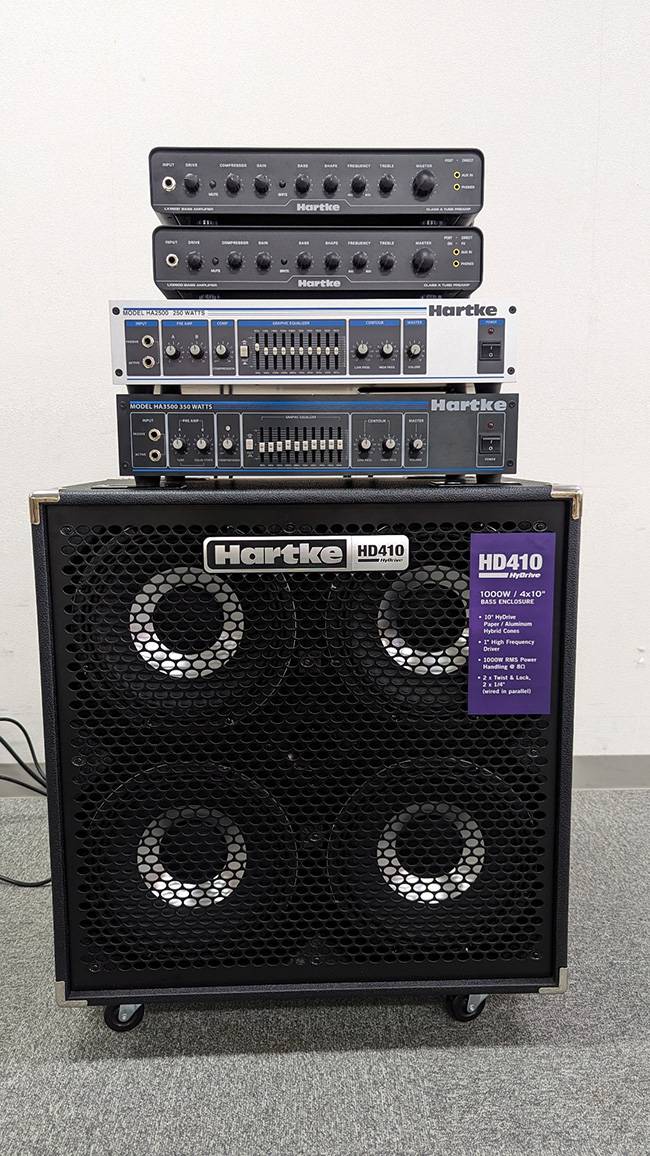
HA2500
As mentioned earlier, the HA2500 allows for an incredible range for sound creation. It might be overwhelming for those who still haven’t settled on their sound, leading to confusion over which settings produce their best sound.
However, its flexibility makes it highly valuable in band performances, allowing for quick level adjustments when the PA technician asks you to make the bass sound stand out.
HA3500
The HA3500 is similar to the HA2500 but with 350W output, so I’m sharing my impressions when I compared these two models. The main differences are the appearance and the LED indicators for HA3500’s compressor and equalizer, enhancing visibility. The increased output (350W) gives the HA3500 a richer sound when set at the same volume.
By far, the HA3500 has a more lustrous sound (with a wider range and richer overtones), which doubles the fun of creating sound by tweaking the EQ. Is this what people say, “having more headroom”?
↓ On the top is the HA2500 and the bottom is the HA3500, almost identical in appearance and size.
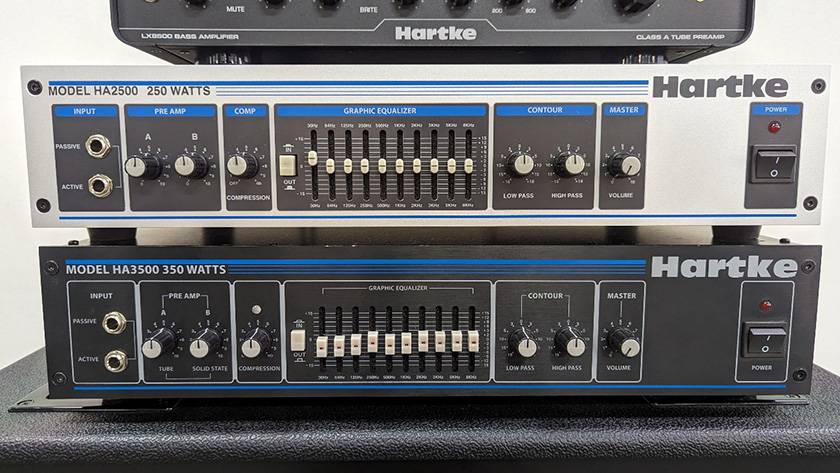
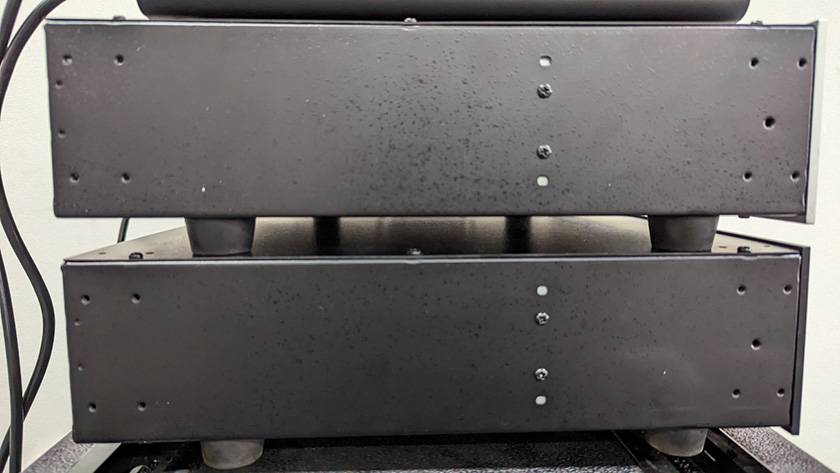
If you have enough budget and cabinet space, I definitely recommend the HA3500. However, in terms of usability, there’s almost no difference. For smaller spaces like studio rooms, the HA3500 might be overkill. In such cases, the HA2500 will work just fine.
Next, I tried out the current flagship models from Hartke, the LX Series, which are highly recommended by the manufacturer.
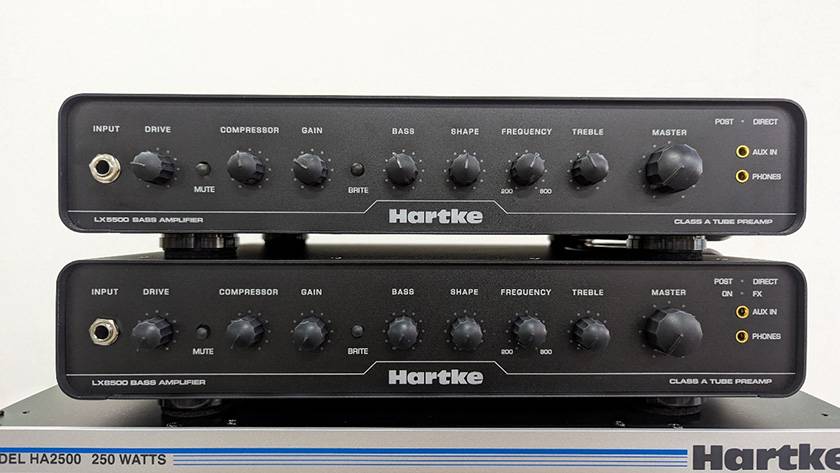
LX5500
Despite its rugged appearance, the LX5500 is quite lightweight, weighing around 3.6 kg. The chassis has a handle, making it easy to carry around.
Unlike the HA Series, which features a hybrid of solid-state and tube settings, the LX Series is designed with a tube preamp only.
While it may not offer the same range of sound customization as the HA Series, I found that the sound produced by the tube preamp is fatter and the low end feels more satisfying, possibly due to its 500W output.
The DRIVE control allows for more overdriven tones compared to the HA Series.
Instead of a graphic equalizer, the LX5500 uses a parametric equalizer for BASS at the 80 Hz band, TREBLE at the 6 kHz band, FREQUENCY to adjust the 200-800 Hz range, and SHAPE to control the strength of that frequency.
The BRITE switch boosts the high frequencies (10kHz), making it perfect for sharp slap bass or bass solos with pronounced attack.
The rear panel includes an FX LOOP and TUNER OUT, allowing to connect an additional equalizer or power amp alone.
Overall, the LX5500 seems versatile and portable, making it suitable not only for live music clubs but also for studios and home use.
LX8500
The front panel specifications are exactly the same as the LX5500, but the LX8500 has an output of 800W. Even at the same volume, it sounded much richer and more lustrous than the LX5500, possibly due to its wider frequency range. I tested it with old strings, but the LX8500 still produced a tone as vibrant as if they were new.
In terms of sound quality, the LX8500 was my favorite among both the HA and LX Series.
It is slightly deeper and heavier than the LX5500, but the difference in weight is barely noticeable (around 3.85 kg).
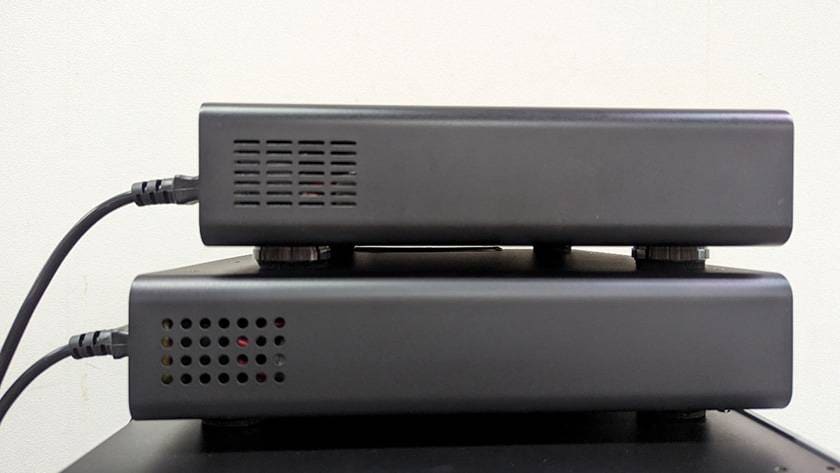
< Bottom: LX8500, Top: LX5500 >
The rear panel has a slightly different setup with the LX8500 supporting the use of a footswitch.
The LX8500 allows for two TRS footswitch connections: DRIVE & FX and BRITE & FREQUENCY to turn on and off. Hartke doesn’t offer a dedicated footswitch, so you’ll need to use a TRS footswitch from another manufacturer.
This feature is ideal for bassists who prefer making their sound through the amp rather than using effects, enabling them to create sound variations with their feet.

■ Overall Impression
There isn’t a definitive ‘best’ among these amps. Each has its unique strengths and characters, so you can choose one that best suits your purpose.
The HA Series is ideal for all-around bass players, while the LX Series suits those seeking a straightforward, great-sounding amp. Personally, I lean towards the LX8500.
■ Conclusion
It’s still sad to see the HA Series go. I’ll be attending the Mr. Big concert in July, hoping Billy Sheehan will use the HA Series (Proofreader’s note: “I’m sure many bassists have imitated the mountainous setting of the HA Series graphic equalizer.”)
Given that it’s a live reproduction of an old album, it would be thrilling to see Billy use the old Hartke gear.





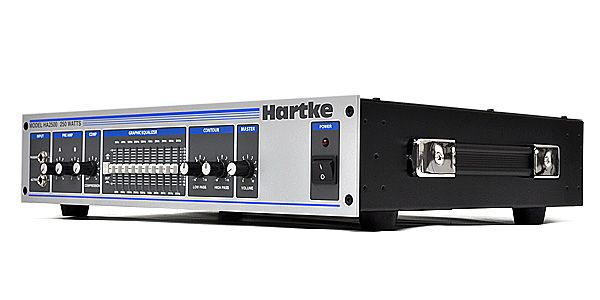
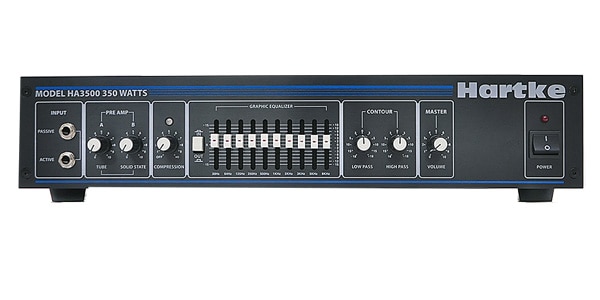
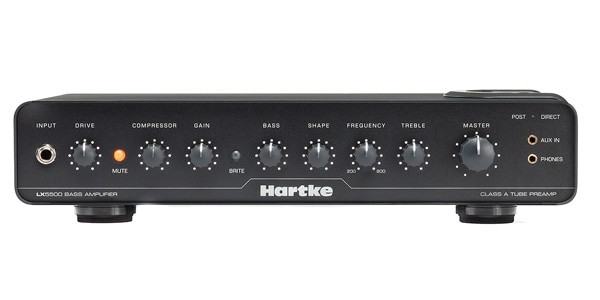
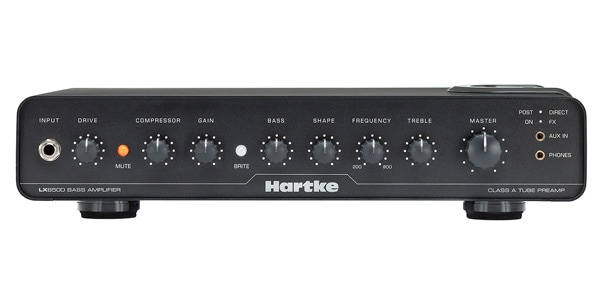





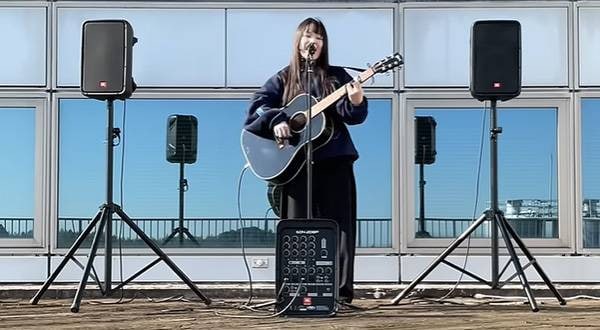
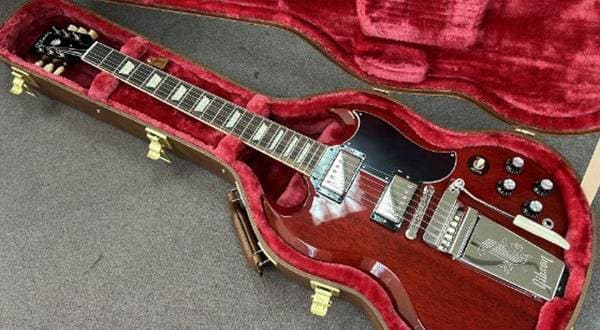
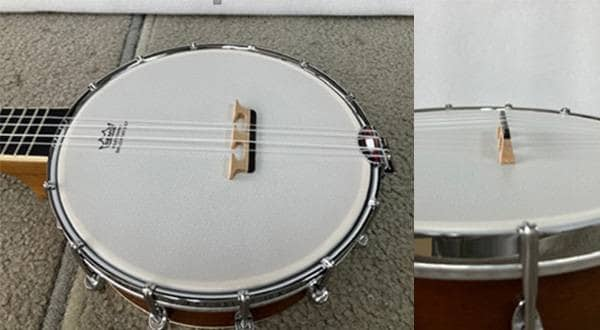

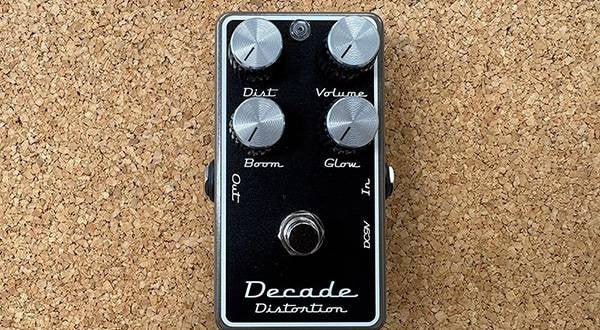
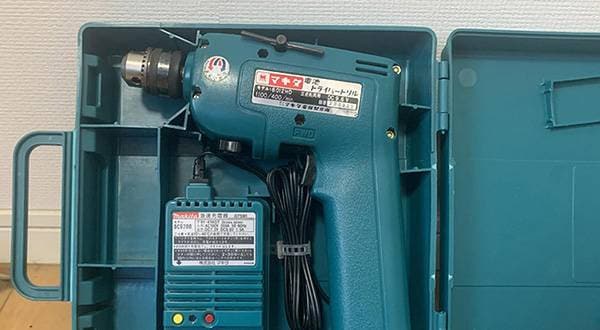
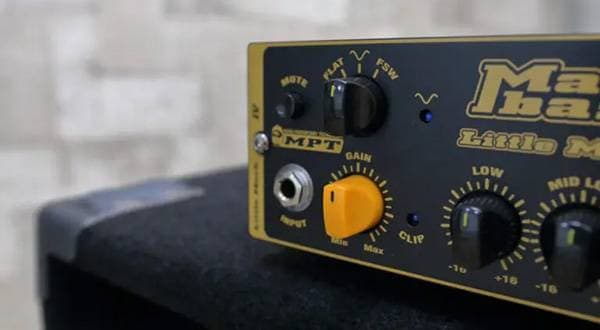
![[Latest for 2025] Popular and Recommended Bass Amps Ideal for Home Practice!](/contents/uploads/thumbs/2/2022/9/20220914_2_19423_1.jpg)
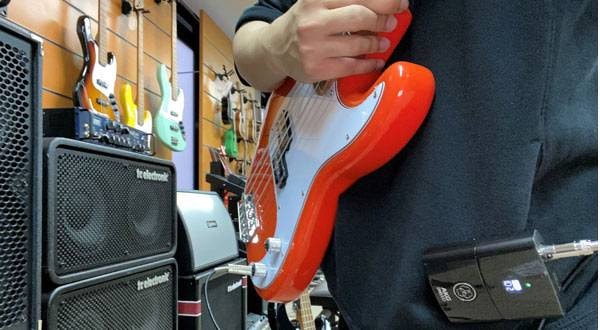
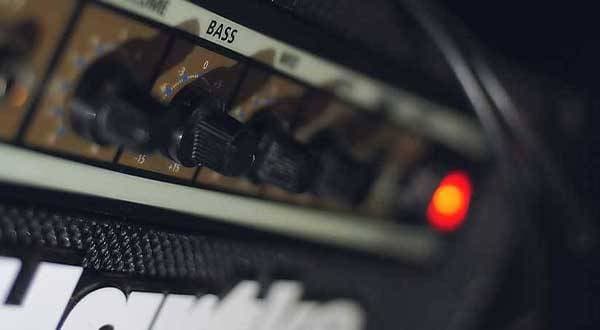
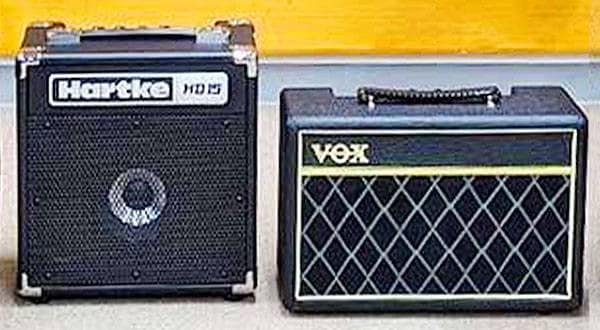
 基礎から学ぶベースレッスン
基礎から学ぶベースレッスン
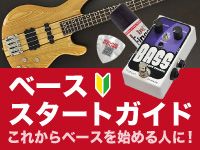 ベーススタートガイド
ベーススタートガイド
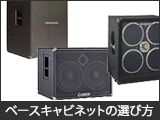 ベースキャビネットの選び方
ベースキャビネットの選び方
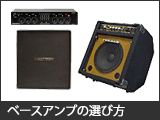 ベースアンプの選び方
ベースアンプの選び方
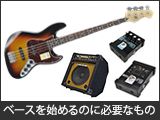 ベースを始めるのに必要なものは?
ベースを始めるのに必要なものは?
 ベース初心者講座
ベース初心者講座
